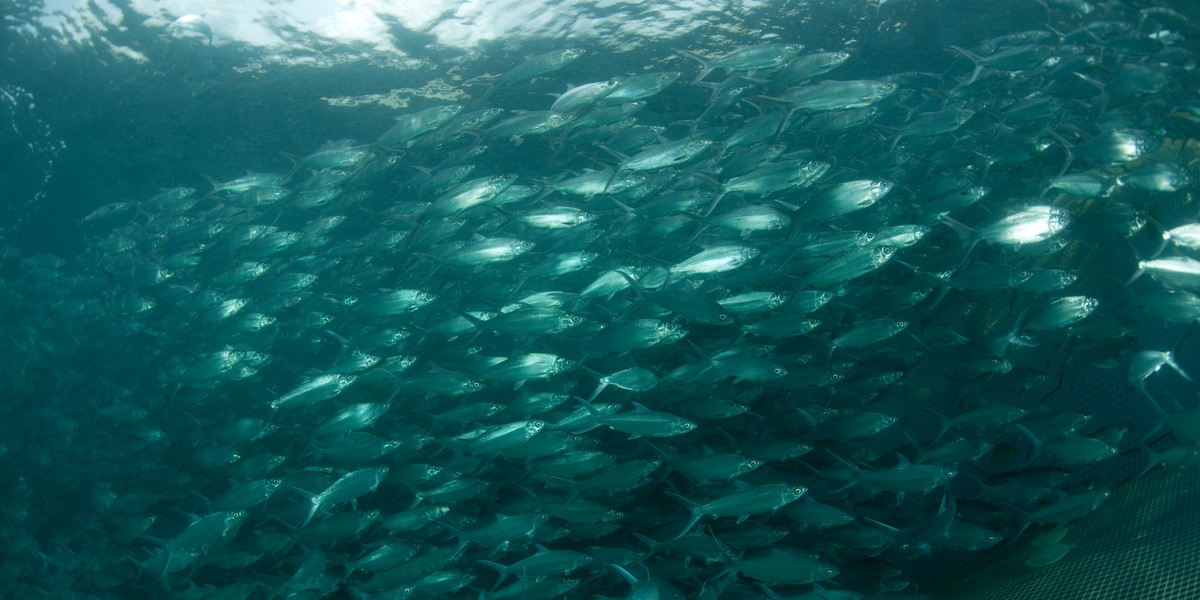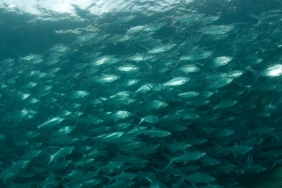ENVIRONMENTALLY FRIENDLY MILKFISH FARMING THAT IS THE DREAM OF THE STARCH COMMUNITY
By: Agis Riyani (Local Facilitator Aquaculture Improvement Program Java)
The stabilization discussion of the implementation of the milkfish farming improvement program held on February 23 received a good response from Mr. Jarot as the Head of Tunggul Sari Village, and was a breath of fresh air for the milkfish farmers of Murya Group. Given that Tunggul Sari Village has experienced milkfish harvest failure due to flooding from coastal abrasion, this aquaculture improvement program is considered important for its sustainability in the future. As part of a region in Central Java that has considerable potential for brackish water aquaculture, Pati Regency is known as a producer of milkfish. Milkfish, which is a fish for public consumption, has high nutritional value and is one of the export commodities in Indonesia.
Starting in August 2015 as the first visit of WWF-Indonesia together with the Institute for Development Resource Assessment and Development (LPPSP) Semarang, a member of JARING - Nusantara, became the beginning of a program to improve responsible milkfish farming in Pati Regency. The process began with gathering information and identifying potential milkfish farming groups. The first visit to the Pati District Fisheries and Marine Service (DKP) led the team to the milkfish farming group, Kelompok Murya, in Tunggul Sari Village. The activities of the Murya Group's Good Fish Cultivation Practices (CBIB) certification program as a farming group assisted by DKP of Pati District made it possible to synchronize this improvement program together. With the support of DKP Pati, the team was then allowed to directly observe the milkfish farming practices and conduct a gap assessment between the actual conditions and the criteria of Better Management Practices (BMP). Based on the results of the analysis, the value of compliance with BMPs is around 51%. Aspects that are not yet in accordance with BMP criteria are related to institutional strengthening, business legality, water quality measurement and recording of cultivation activities.
The well-received discussion results are a new spirit for cultivators to improve environmentally friendly and responsible aquaculture in Tunggul Sari Village. Mr. Jarot also expressed his hope that the future collaboration between WWF-Indonesia, LPPSP Semarang and DKP Pati Regency can help the farmers to carry out sustainable and environmentally friendly aquaculture practices to restore the glory of Tunggul Sari Village as the largest milkfish producer in Pati Regency.




